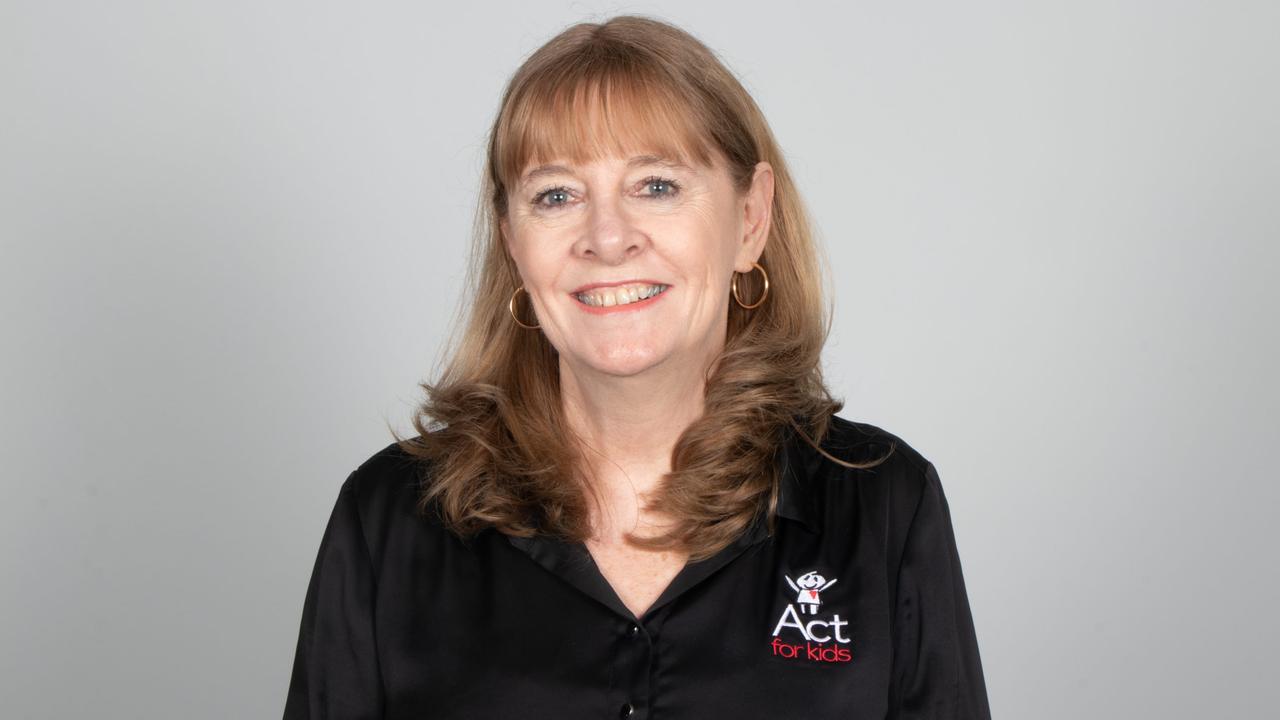ABS data reveals who is more likely to face sexual assault crimes
Shocking data has revealed who Australia’s sex assault victims are and how there is a disturbing pattern that follows them into adulthood.

Crime in Focus
Don't miss out on the headlines from Crime in Focus. Followed categories will be added to My News.
Women sexually abused as children are three times more likely to be sexually assaulted again as adults than women who were not abused, but the risk for men is five times higher.
A shocking new analysis of survey data from the Australian Bureau of Statistics has revealed that 2.2 million Australian women (23 per cent of the population) and 718,000 men (eight per cent) aged 18 and over experienced sexual violence in their lifetime.
Alarmingly, for some, this included childhood sexual abuse or sexual assault since the age of 15.
It has also revealed children who witnessed violence towards their parents before they were 15 years old, were more likely than those who did not witness violence, to be sexually assaulted themselves as adults.
The ABS Analysis of Recorded Crime – Victims data released on Tuesday also reveals police recorded 144,797 victims of sexual assault between 2014 and 2019.
But it shows less than half of recorded sexual assault victims reported the incident to police within a week of the attack.

ABS Director of the National Centre for Crime and Justice Statistics, Will Milne has revealed after a year 76 per cent of women and 63 per cent of male victims still had not reported the crime to police.
Nearly one in five male victims and one in 17 female victims who did call police were reporting a crime which had occurred more than 20 years ago.
“The proportion of male victims who were reporting an incident that occurred 20 years or more ago was highest for those who experienced sexual assault in a religious location or an educational setting allocation’’ said Mr Milne.
The Sexual Violence – Victimisation report is the first in a new series on the prevalence and type of sexual violence in Australia. It includes data from the ABS Personal Safety Survey which is a four yearly household survey that collects information from men and women aged 18 years and over about the nature and extent of violence experienced and the Recorded Crime – Victims data which is national statistics about victims of crimes recorded by state and territory police.
The report shows both women and men were more likely to experience sexual assault by someone known to them than by a stranger. For women, the most common perpetrator was an intimate partner.

Psychologist and executive director of service for child protection organisation Act for Kids, Dr Kaye Pickering, said: “There is an increased risk of revictimisation which is a very disturbing and common effect of childhood sexual assault.
“There is evidence that providing children with access to a protective behaviour program lessens the likelihood of them becoming the victims of sexual abuse.
“Unfortunately, we know children are more at-risk of abuse and neglect during lockdown as they’re often with their perpetrators.
“Between March and September notifications for abuse dropped off during the lockdowns, but increased once restrictions lifted. Act for kids alone saw a 30 per cent increase in demand for its services.”
Sex assaults were higher for younger people, and those in financial hardship, as well as people with disabilities, and those experiencing lower levels of life satisfaction.
Women were eight times more likely than men to experience sexual assault by an intimate partner.
The data revealed the most common place women were assaulted was at their home or the home of the attacker.
And the most common reason they did not report the crime to police was because they felt they could deal with it themselves, did not regard it as a serious enough offence, felt there was nothing the police could do or were ashamed or embarrassed.

Victims of sex assault which occurred in public places such as the street, footpath or in transport or in a retail setting, were much faster to report the attack to police than those who were assaulted in a residential location.
The shocking figures also reveal that of sexual crimes committed on the street or footpath, 66 per cent of 586 male victims and 78 per cent of 6084 female victims reported the attack within a week.
For those assaulted on public transport, 60 per cent of 456 male victims and 75 per cent of 3875 female victims also reported within a week. And in retail, 60 per cent of 736 male victims and 70 per cent of 5708 female victims also reported within a week.
But for Victims of sexual assault in a residential location, 37 per cent of 14,999 male victims and 43 per cent of 79,623 female victims reported the incident to police in less than one week.
If you or someone you know is impacted by sexual assault or domestic violence, call 1800RESPECT on 1800 737 732 or visit www.1800RESPECT.org.au
More Coverage
Originally published as ABS data reveals who is more likely to face sexual assault crimes








